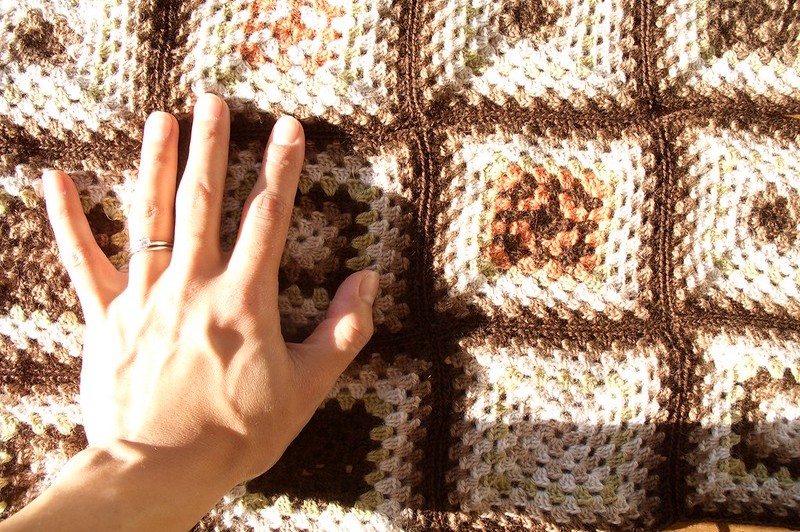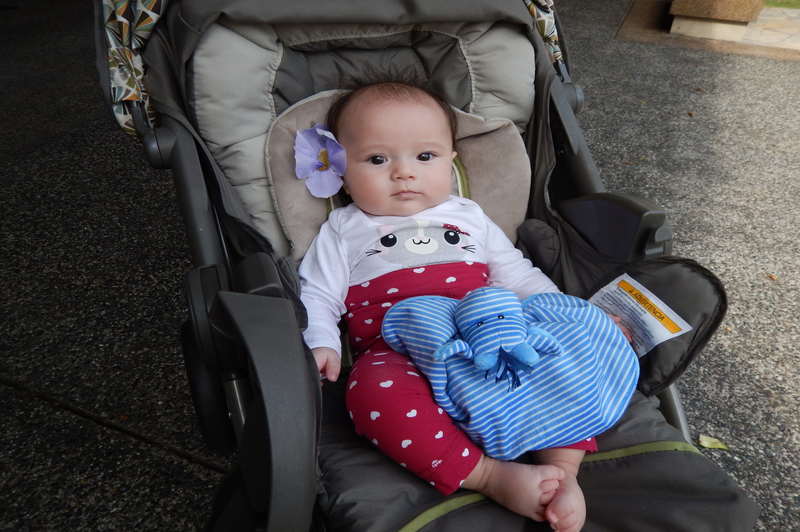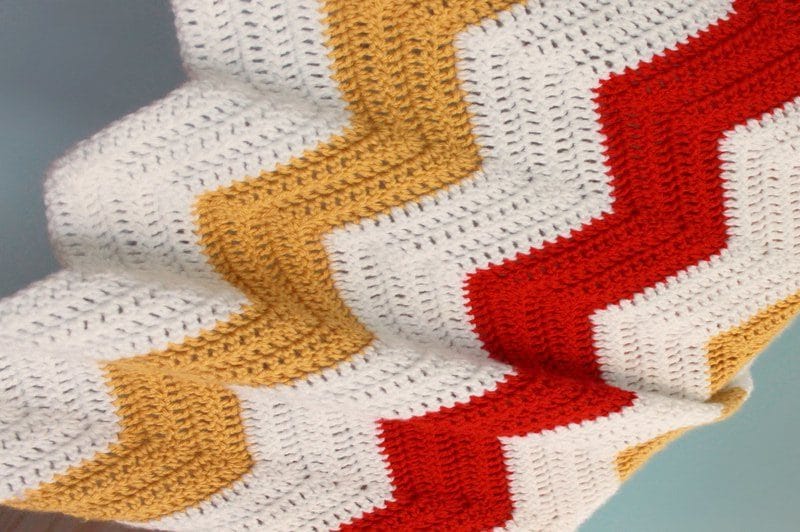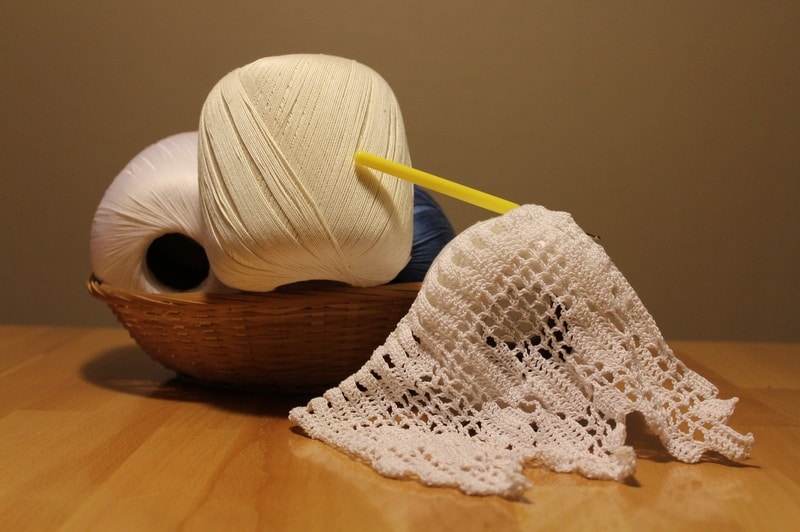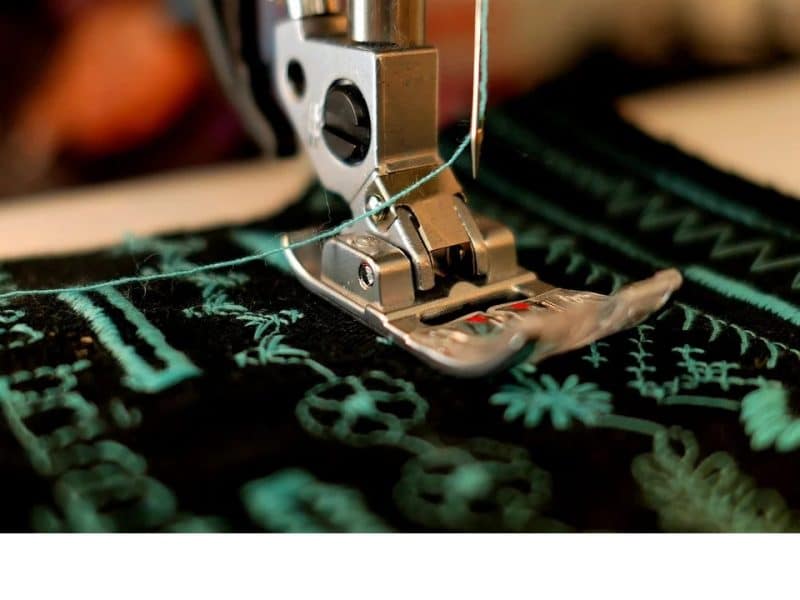Miracle Blankets are easy-to-use blankets that many parents in the UK trust for swaddling their children. Here, we will guide you on how to use Miracle Blanket so that you and your baby can sleep peacefully and soundly through the night. You don’t have to worry about them having trouble sleeping anymore!

We will go through three easy steps: Preparation, Folding and Wrapping, and Securing.
Step #1. Preparation
The first step is to prepare the blanket. Lay it on a smooth and dry surface. The foot pouch should be at the bottom, and you should spread out the arm flaps as well.
Afterwards, you can place your baby in between the arm flaps. Place their feet inside the foot pouch.
Sometimes, when your baby is too small, the feet might not reach the foot pouch. To solve this, fold it so that your baby’s feet can touch the bottom of the Miracle Blanket.
Voila! You finished with the first step. You can proceed to the following steps with ease.
Step #2. Folding and wrapping
After placing the baby securely in between the arm flaps with their feet in the foot pouch, the next thing you have to do is to fold the blanket over the baby.
Fold the arm flaps over your baby. They should land just outside your baby’s arms.
After that, tuck the flaps under your baby’s back.
At this point, you may think: where do my baby’s arms go? You can place their arms either at their sides or across their chest in the arms over chest position.
Next, fold the short side over your baby’s belly. If the arms are down, tuck the fabric under the baby’s left armpit. The blanket should reach until the baby’s back.
Wrap the longer side over the baby’s belly as well. Make sure to go all the way around until you run out of fabric. Keep the top of the blanket just a little bit below the baby’s shoulders as you do this.
After all of these, you should have wrapped snugly around your precious little one.
Step #3. Securing
The last step is perhaps the most crucial one. It would help if you secured the blanket by tucking it correctly. Your baby should not be in an awkward or uncomfortable position.
Check if the fit is snug. It shouldn’t be too tight to cause any discomfort or suffocation.
To do this, insert two fingers between the blanket and your baby’s chest. Is there enough room for your fingers? If yes, then you’ve done an excellent job.
After doing this, watch out for any signs of discomfort. If you find none, then you’ve done it! You’ve successfully used a Miracle Blanket for swaddling your infant.
Your baby can now enjoy a longer, deeper, and most importantly, safer sleep.
Are Miracle Blankets Safe?
These blankets are 100% safe for use. They are also the number one swaddling blanket recommended by paediatricians.
When you first use the Miracle Blanket, your baby may show signs of discomfort because they need to get used to the blanket. After a few uses, your child will become accustomed to it, and some in the UK even look forward to swaddling.
What Are The Benefits Of Learning How to Use Miracle Blanket?
Aside from being safe, the Miracle Blanket also provides many benefits for your infant.
For example, babies need to sleep on their backs, especially for the first few months of their life. A swaddle like the Miracle Blanket will help your baby stay flat on their back during their slumber. Swaddles also help your baby sleep more deeply and more peacefully.
However, parents in the UK should be mindful of how they swaddle their babies. Misusing the blanket has severe health and safety risks for your infant.
If the swaddle is too tight, your baby can develop problems with their movement and mobility. Incorrect swaddling can also lead to SIDS or Sudden Infant Death Syndrome.
Additionally, your child should only be wearing a diaper when swaddled to avoid overheating.
When Should You Stop Swaddling?
Aside from the health and safety risks listed above, you should also be mindful of your baby’s mobility. If they can roll over, that is a sign that you should stop swaddling your baby.
Rolling over intentionally usually occurs at around 14 weeks old.
You should stop swaddling at this age, or perhaps even earlier because your baby could undo their swaddle from rolling over. A fussy baby in a swaddle can lead to discomfort, suffocation, and even death.
What Should You Do After Swaddling?
You can gradually stop swaddling by getting them used to sleep with an arm or leg outside the swaddle. Keep removing more limbs from the swaddle until they can sleep soundly without it.
Conclusion
Learning how to use Miracle Blanket has never been easier. With only three simple steps, you can successfully swaddle your precious child with ease.
All you need to do is Prepare, Fold and Wrap, and Secure! After that, you can sleep soundly knowing your baby is fast asleep as well, swaddled in a reliable, doctor-recommended Miracle Blanket.





